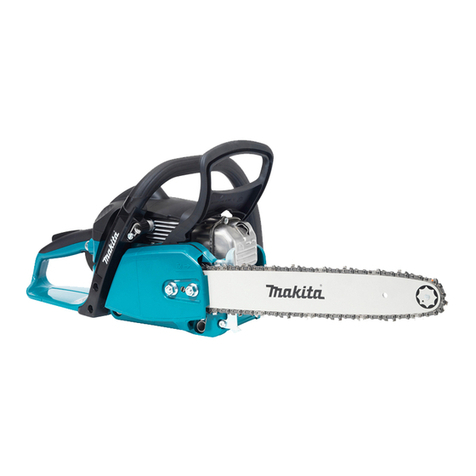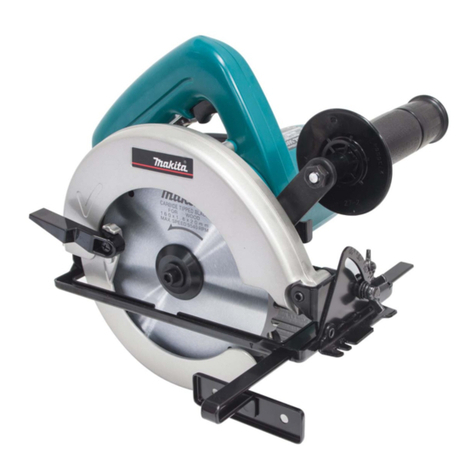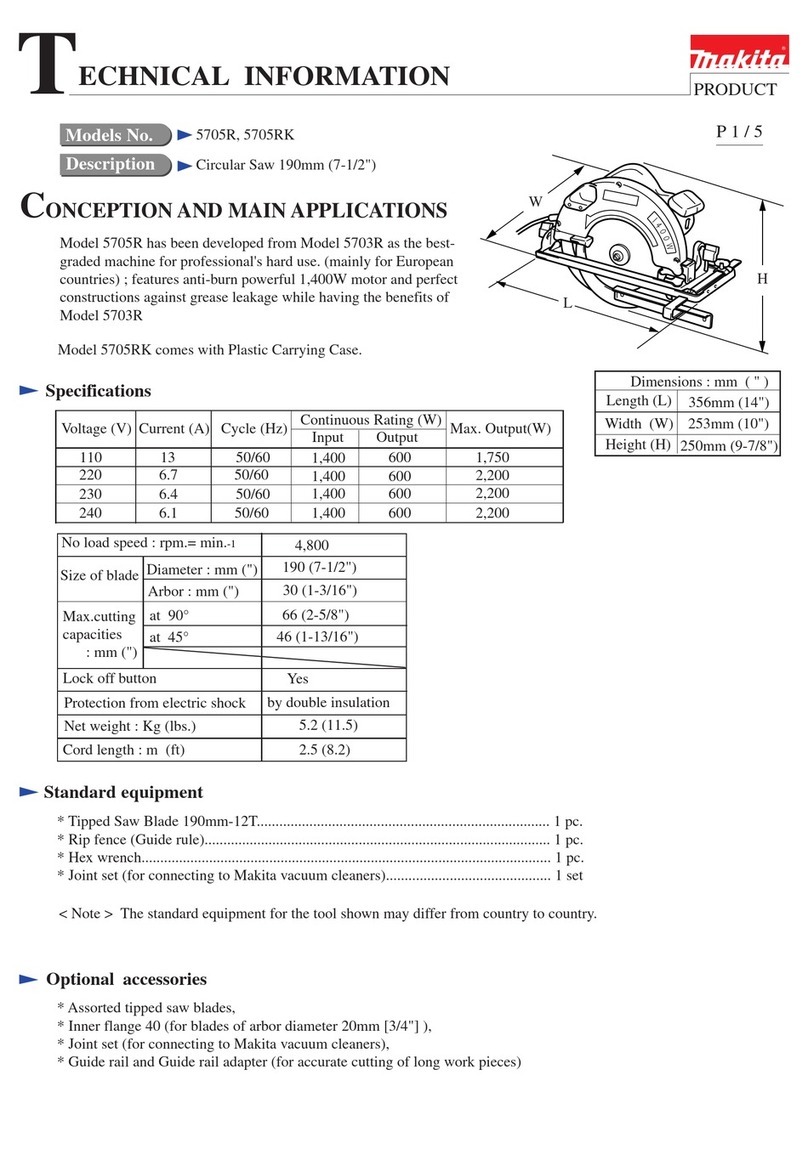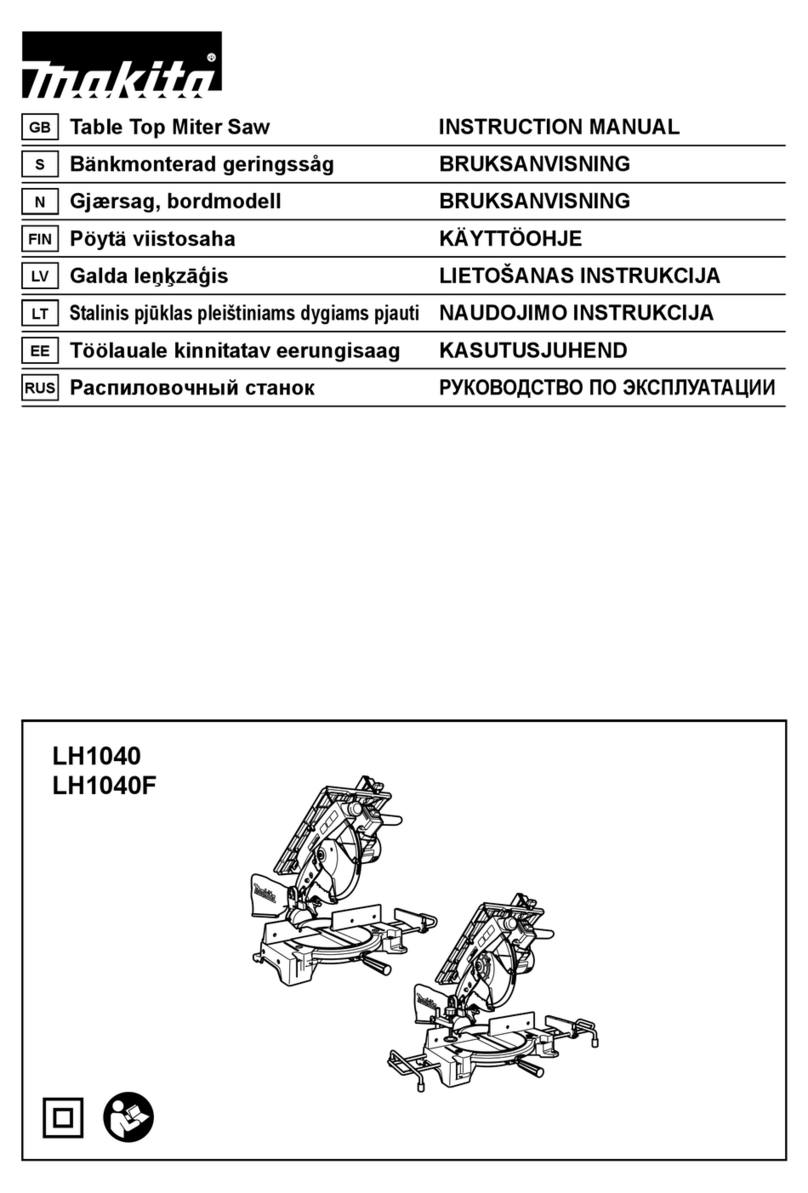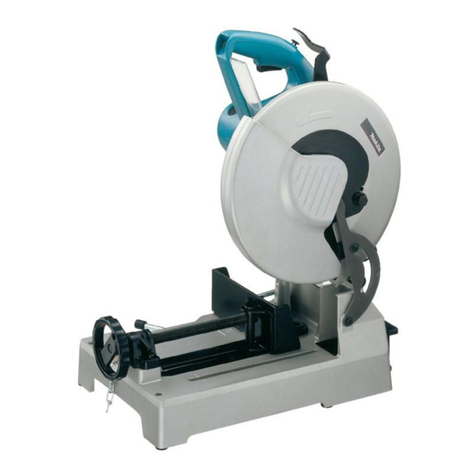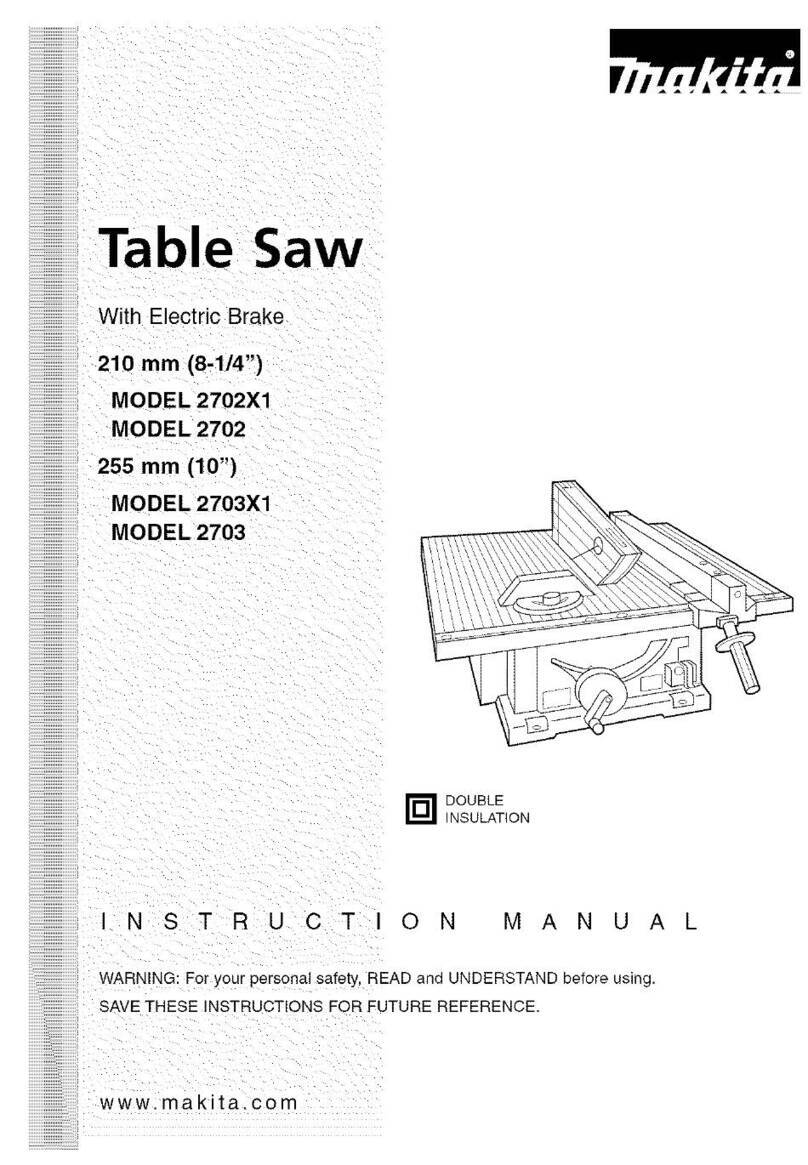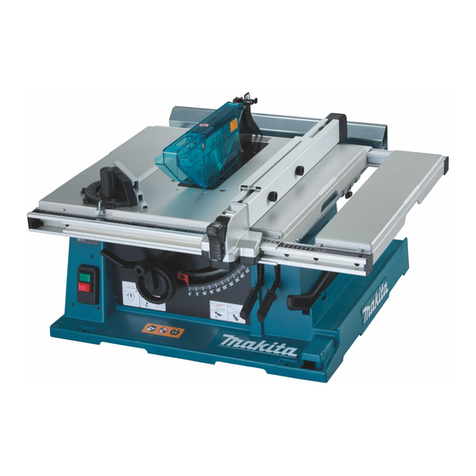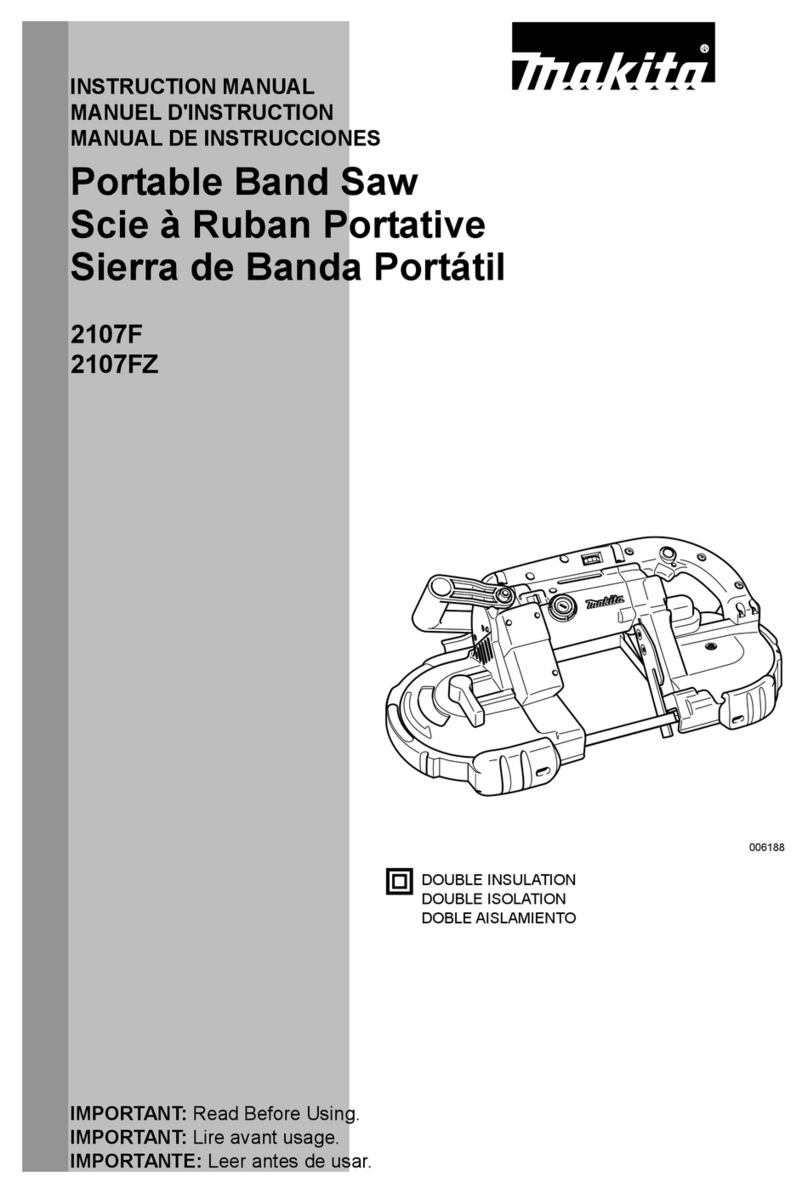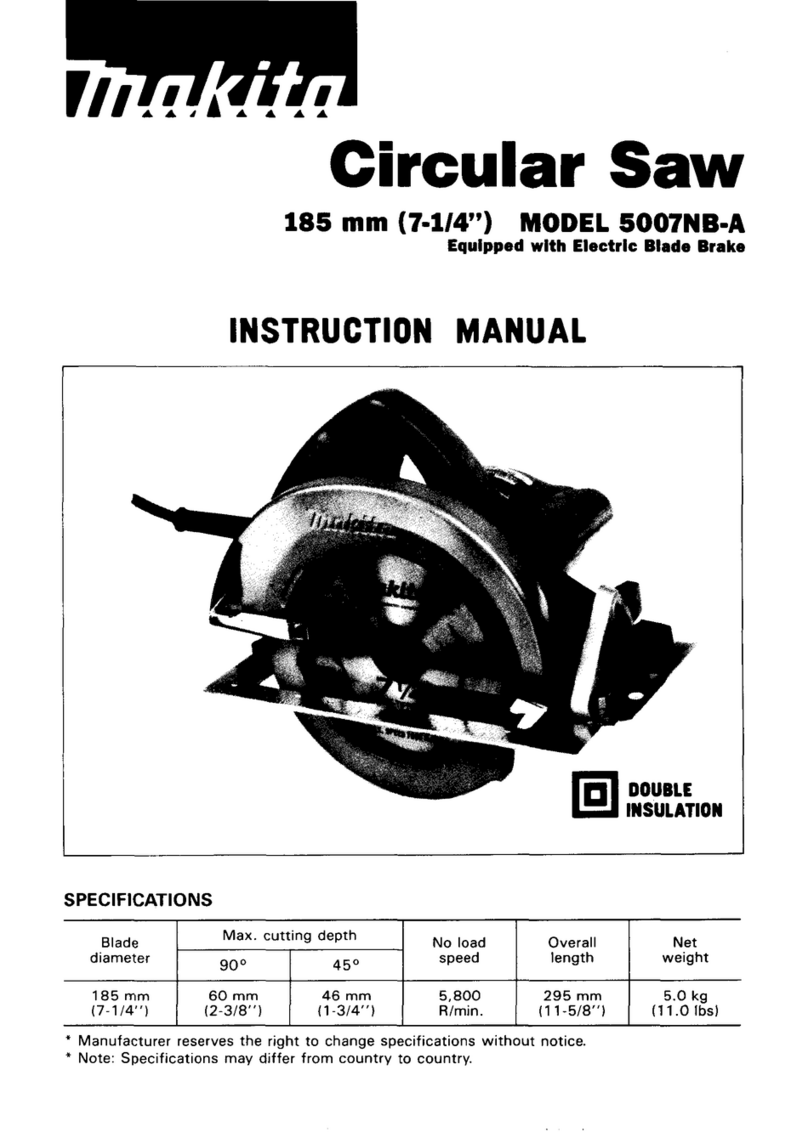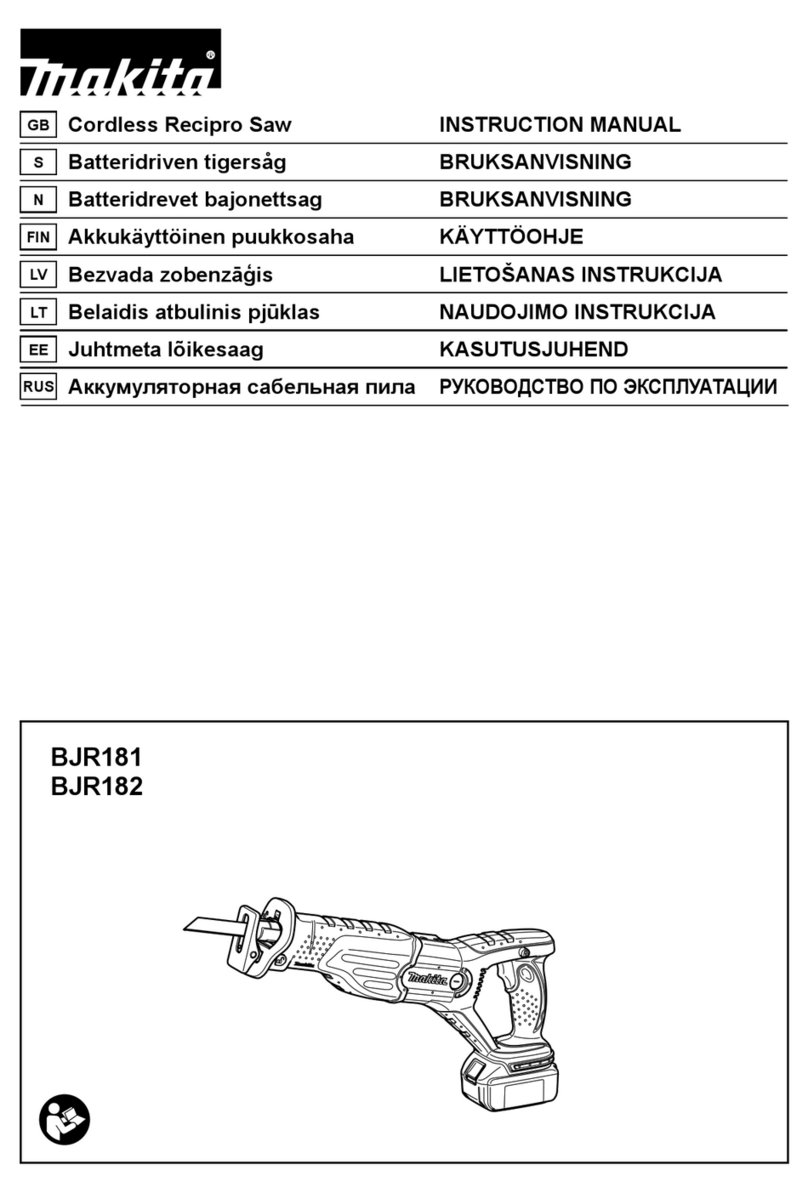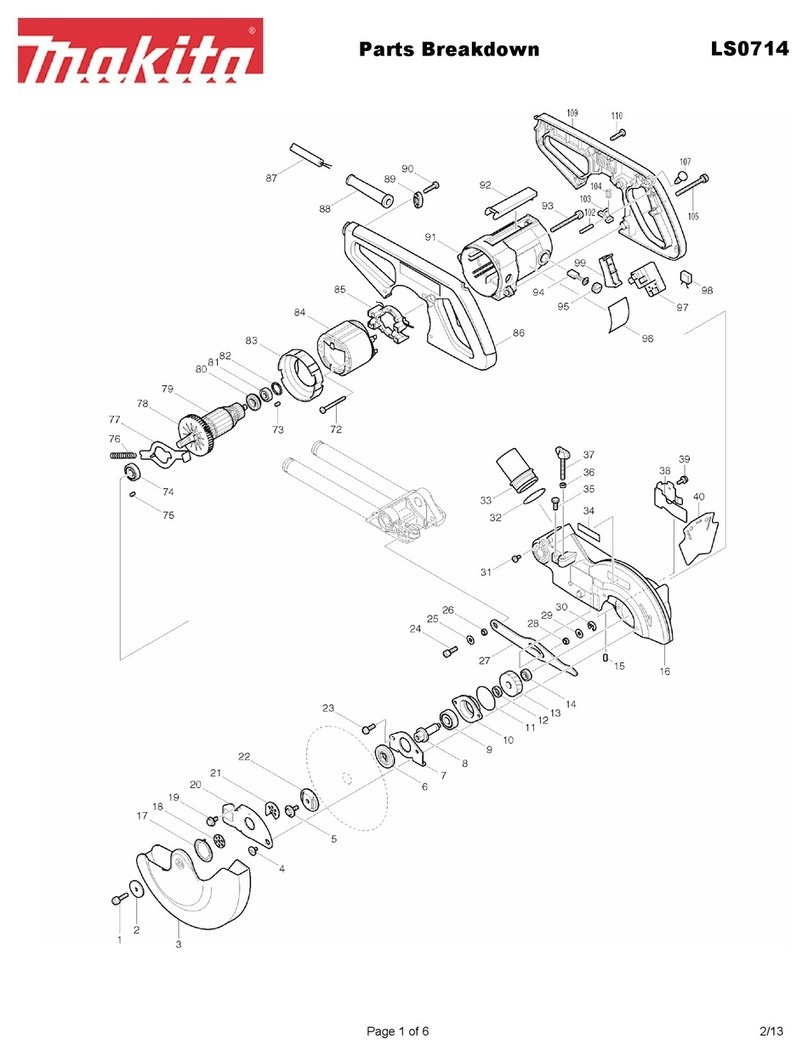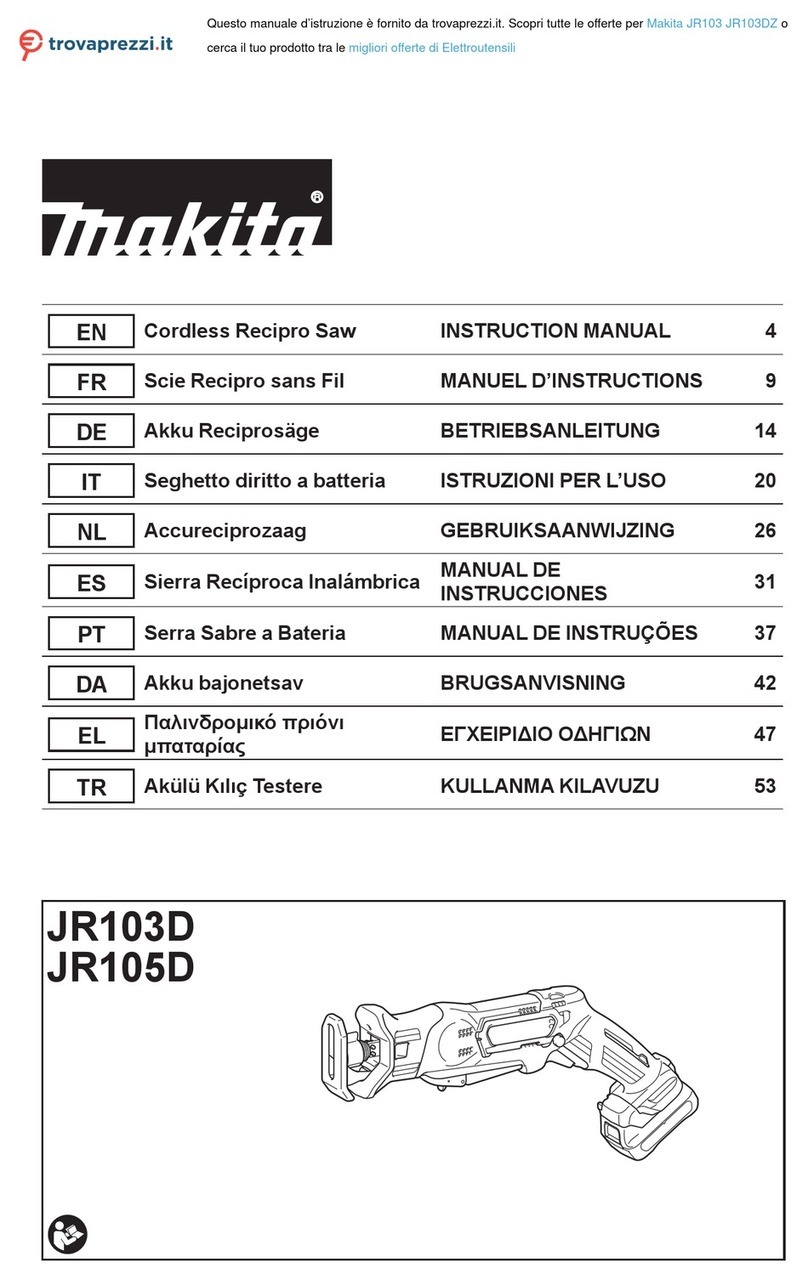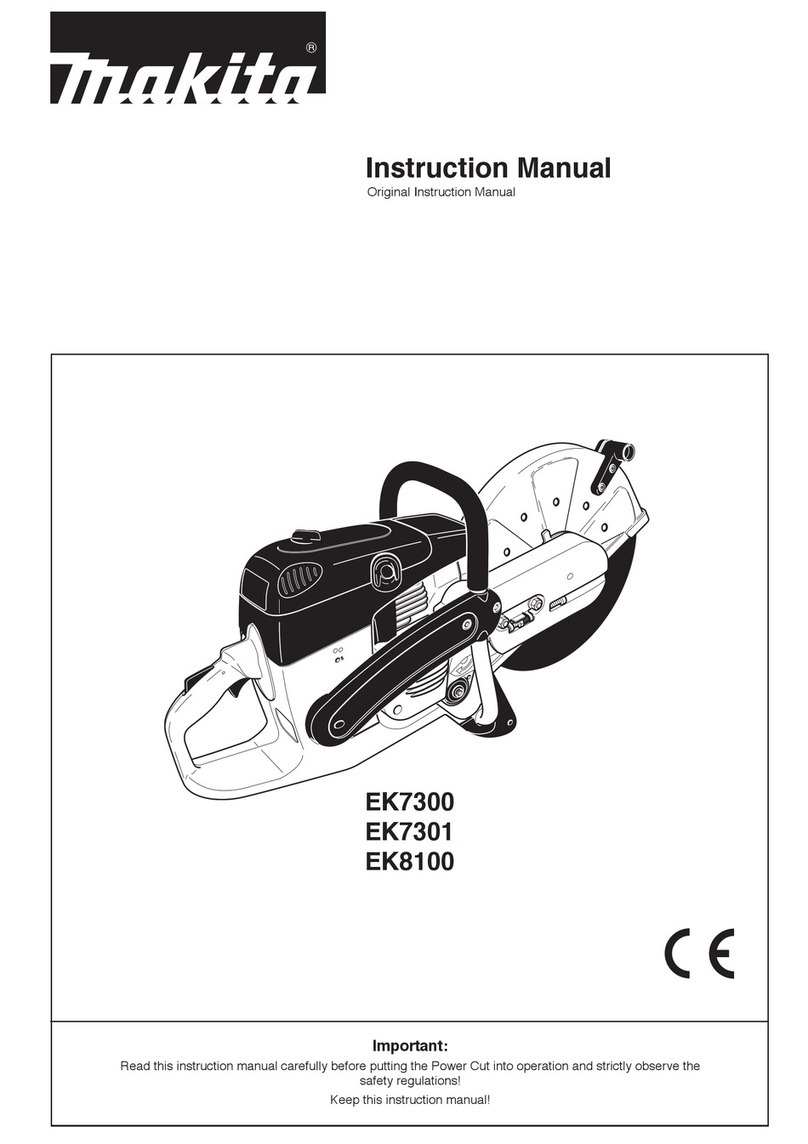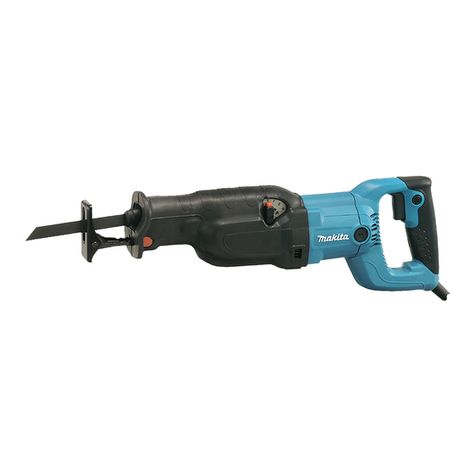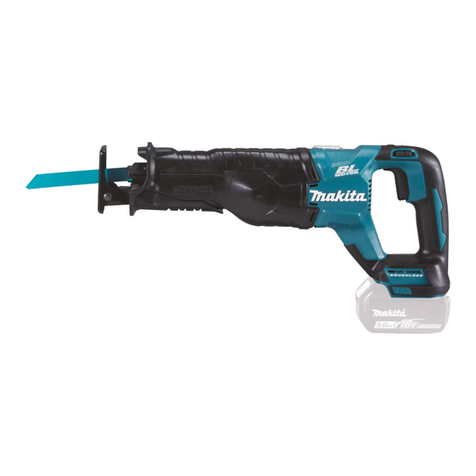For Your
Own
Safety Read Instruction Manual
Before Operating Slide Compound Saw
Save
it
for
future reference
GENERAL
SAFETY
PRECAUTIONS
(For
All
Tools)
1.
KNOW YOUR POWER TOOL. Readthe owner's manual carefully. Learnthetool's
applications and limitations, as well as the specific potential hazardspeculiarto
it.
2.
KEEP GUARDS IN PLACE and in working order.
3.
REMOVE ADJUSTING KEYS AND WRENCHES. Form habit of checking to see
that keys and adjusting wrenches are removed from tool before turning
it
on.
4.
KEEP WORK AREA CLEAN. Cluttered areas and benches invite accidents.
5.
DON'T USE IN DANGEROUS ENVIRONMENT. Don't use power tools in damp
or wet locations, or expose them to rain. Keep work area well lighted.
Don't use tool in presence
of
flammable liquids or gases.
6.
KEEP CHILDRENAWAY. All visitors should be kept safe distance from work area.
7.
MAKE WORKSHOP CHILD PROOF with padlocks, master switches, or by
removing starter keys.
8.
DON'T FORCE TOOL.
It
will
do
the job better and safer at the rate for which
it
was designed.
9.
USE RIGHT TOOL. Don't force tool or attachment to do ajob for which
it
was
not designed; for example, don't use circular saw for cutting tree limbsor logs.
IO.
WEAR PROPER APPAREL. Wear no loose clothing, gloves, neckties, rings,
bracelets, or other jewelry which may get caught
in
moving parts. Nonslip
footwear is recommended. Wear protective hair covering to contain long hair.
11.
ALWAYS USE SAFETY GLASSES. Also use face or dust mask ifcuttingoperation
is dusty. Everyday eyeglasses only have impact resistant lenses, they are NOT
safety glasses.
12.
SECURE WORK. Use clamps or a vise to hold work when practical. It's safer
than using your hand and
it
frees both hands to operate tool.
13.
DON'T OVERREACH. Keep proper footing and balance at all times.
14.
MAINTAIN TOOLS WITH CARE. Keep tools sharp and clean for best and safest
performance. Follow instructions for lubricating and changing accessories.
15.
DISCONNECT TOOLS before servicing; when changing accessories such as
blades, bits, cutters, and the like.
16.
REDUCETHE RISK OF UNINTENTIONAL STARTING. Make sure switch is
in
off
position before plugging
in.
17.
USE RECOMMENDEDACCESSORIES. Consult the owner's manual for recom-
mended accessories. The use of improper accessories may cause risk of injury
to persons.
18.
NEVER STAND ON TOOL. Serious injury could occur if the tool is tipped or if
the cutting tool is accidentally contacted.
3




